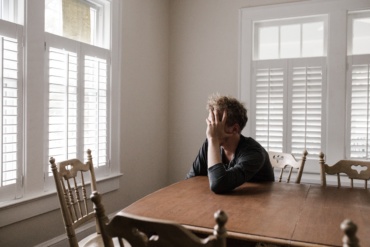Dear readers,
today the focus is on a common mental health disorder: depression, which is also one of the non-physical symptoms affecting PD’s patients.
Brief overview
Depression is characterized by persistent low mood and other symptoms such as lack of interest or pleasure in activities which can have a major impact on individual well-being and daily functioning. The causes of depression are several, and they differ from a person to another.
Depression may be due to a loss or another dramatic event but it is an overreaction to the triggering episode, which lasts longer than normal. A lot of the causes of depression include the complex interaction between social, psychological and biological factors.
There is no typical depressed person: this disease affects all types of individuals.More than 264 million people of all ages worldwide are affected by depression.
How can PA be useful?
PA, predominantly through exercise, is consistently reported as having antidepressant effects stimulating several neuroplastic processes implicated in depression also promoting self-efficacy, self-esteem and social support. Besides, there is a growing body of evidence suggesting that people with depression have poorer physical health leading to cardiometabolic diseases.
This is an additional reason to be involved in PA and exercise activities conferring a protective effect against depression and its related health problems such as cardiovascular diseases.
Hence, PA and exercise can be a useful strategy for treating depression improving physical and mental health outcomes.
At this point, maybe now you can ask: what is the best exercise protocol? I would say, the most enjoyable one! Of course, an exercise protocol that you can do and that you like.
References
World Health Organization (WHO) 2020. Depression.
Kandola A, Ashdown-Franks G, Hendrikse J, Sabiston CM, Stubbs B. Physical activity and depression: Towards understanding the antidepressant mechanisms of physical activity. Neurosci Biobehav Rev. 2019; 107:525-539.
Schuch FB, Stubbs B. The Role of Exercise in Preventing and Treating Depression. Curr Sports Med Rep. 2019;18(8):299-304.
Edited by
Dott.ssa Francesca Greco



Commenta con Facebook